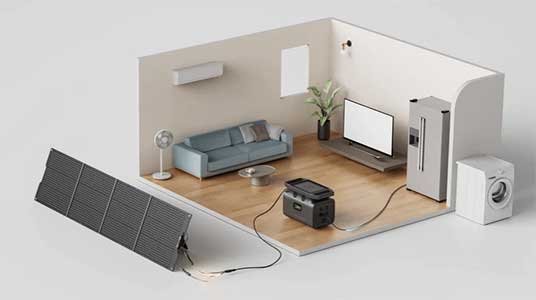How a Portable Power Station can Keep Your Refrigerator Running During Power Outages
During power outages, keeping the refrigerator running becomes crucial for several reasons. The refrigerator is responsible for preserving perishable food items, medications, and other temperature-sensitive products. Without power, the refrigerator stops functioning, and the internal temperature begins to rise. This can lead to the spoilage of food, loss of essential medications, and potential health risks.
A portable power station is a device that stores energy in a battery. This energy can then be used to power appliances, such as a refrigerator. When you connect a portable power station to your refrigerator, the battery will provide the power needed to run the compressor. The compressor is the part of the refrigerator that is responsible for cooling the air inside.
One of the primary reasons for keeping the refrigerator running during power outages is food safety. Perishable items such as dairy products, meats, and vegetables require a consistent temperature below 40°F (4°C) to prevent bacterial growth and maintain their freshness. If the refrigerator remains off for an extended period, these items can spoil quickly, resulting in wasted food and potential health hazards if consumed.
If you are planning on using a portable power station to run your refrigerator during a power outage, it is important to choose a portable power station that is large enough to meet your needs. You should also make sure that the portable power station has enough wattage to run your refrigerator.a portable power station can run a refrigerator for several hours, but the exact amount of time will vary.
How a portable power station converts stored energy into electricity to power the refrigerator
Energy storage
The portable power station’s battery is typically made of lithium-ion or lead-acid cells. These cells store energy in the form of chemical potential energy. When the battery is connected to a power source, the chemical potential energy is converted into electrical energy, which is stored in the battery.
The amount of energy that a battery can store is measured in watt-hours (Wh). The watt-hour rating of a battery is the product of the battery’s voltage and its amp-hour rating. For example, a battery with a voltage of 12 volts and an amp-hour rating of 10 has a watt-hour rating of 120 Wh.
The portable power station’s battery can be charged using a variety of methods, including a wall outlet, solar panels, or a car charger. The charging time for a battery will depend on its size and the amperage of the charger.
Inversion
The inverter is a device that converts DC (direct current) electricity into AC (alternating current) electricity. The refrigerator requires AC electricity to operate. The inverter takes the DC electricity from the battery and converts it into AC electricity that matches the standard electrical requirements of the refrigerator.
The inverter’s output voltage and frequency must match the input voltage and frequency of the refrigerator. The output voltage of the inverter is typically adjustable, so it can be set to match the input voltage of the refrigerator. The output frequency of the inverter is typically fixed, so it must match the input frequency of the refrigerator.
The inverter’s efficiency is measured as a percentage. The efficiency of an inverter is the ratio of the output power to the input power. For example, an inverter with an efficiency of 90% will output 90 watts of power for every 100 watts of power that is input into the inverter.
Power output
The portable power station is equipped with outlets or ports where the refrigerator can be connected. These outlets provide the converted AC power to the refrigerator, allowing it to operate as it would when connected to a regular power source.
The amount of power that the portable power station can output is measured in watts. The wattage of a portable power station is the sum of the wattages of all of its outlets. For example, a portable power station with two 100-watt outlets has a wattage of 200 watts.
The portable power station can output power for a limited amount of time before the battery needs to be recharged. The amount of time that the portable power station can output power is measured in watt-hours. For example, a portable power station with a 120-Wh battery can output 120 watts of power for one hour.
The portable power station’s output power can be affected by a number of factors, including the load on the outlets, the ambient temperature, and the battery’s condition. The load on the outlets is the total amount of power that is being drawn from the outlets. The ambient temperature is the temperature of the environment in which the portable power station is located. The battery’s condition refers to the age and health of the battery.
Real-life examples:
John, a resident in a hurricane-prone area, shared his experience using a portable power station during a recent storm. He mentioned that when the power went out for several days, his portable power station provided uninterrupted power to his refrigerator, ensuring that his food stayed fresh. He emphasized the peace of mind it brought, knowing that his perishable items were safe.
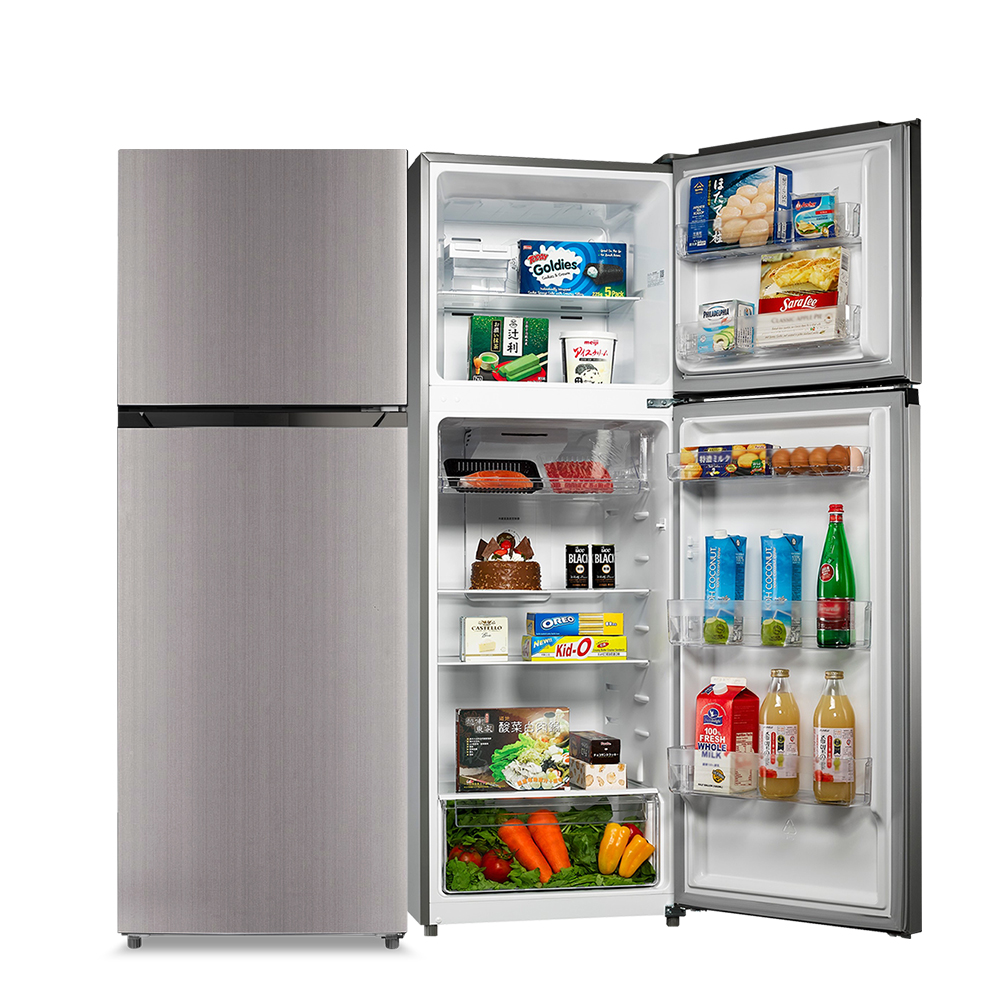
Sarah, an avid camper, shared how she used a portable power station to power her refrigerator while camping in remote locations. She praised the convenience and reliability of the power station, allowing her to enjoy chilled food and beverages during her outdoor adventures.
Mark, a homeowner in a region with frequent power outages, relied on a portable power station to keep his refrigerator operational. He mentioned that during extended power outages, the power station provided sufficient power to run the refrigerator for extended periods, preventing food spoilage and minimizing inconvenience.
A testimonial from a family living in a rural area highlighted their reliance on a portable power station during severe weather conditions. They shared how the power station enabled them to maintain essential appliances, including their refrigerator, ensuring that their food remained safe and usable despite prolonged power outages.
These real-life examples and testimonials highlight the practical applications and effectiveness of using portable power stations to keep refrigerators running during power outages. They demonstrate the peace of mind, convenience, and reliability that portable power stations can provide in such situations.
How to Install Solar Panels on Your RV Roof and Connect to a Battery: A Complete DIY Guide
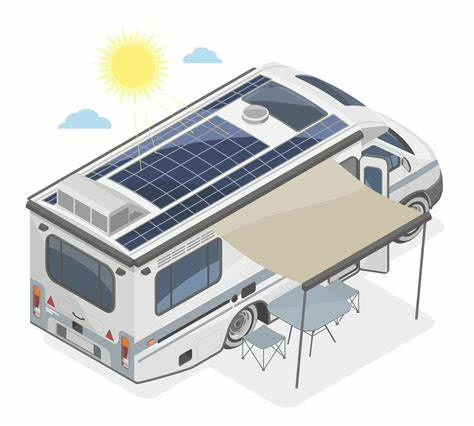
Solar power is revolutionizing the way RV owners camp, offering a sustainable and cost-effective way to keep batteries charged while enjoying the freedom of the open road. Whether you’re a weekend warrior or a full-time RVer, installing solar panels on your RV roof can provide the energy you need to run lights, appliances, and gadgets…
DJI Power 2000: Silent Strength in Portable Energy,Silent Power Unleashed
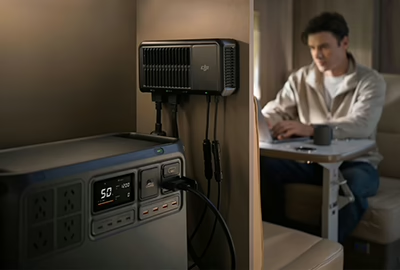
DJI Power 2000: Silent Strength in Portable Energy In today’s fast-paced world, access to reliable and portable energy is no longer a luxury—it’s a necessity. Whether you’re exploring the wilderness, working in remote locations, or safeguarding against unexpected power outages, the demand for efficient, user-friendly power solutions has never been higher. Enter the DJI Power…
DJI Power 1000 vs Competitors: Technical Deep Dive & Performance Benchmarking
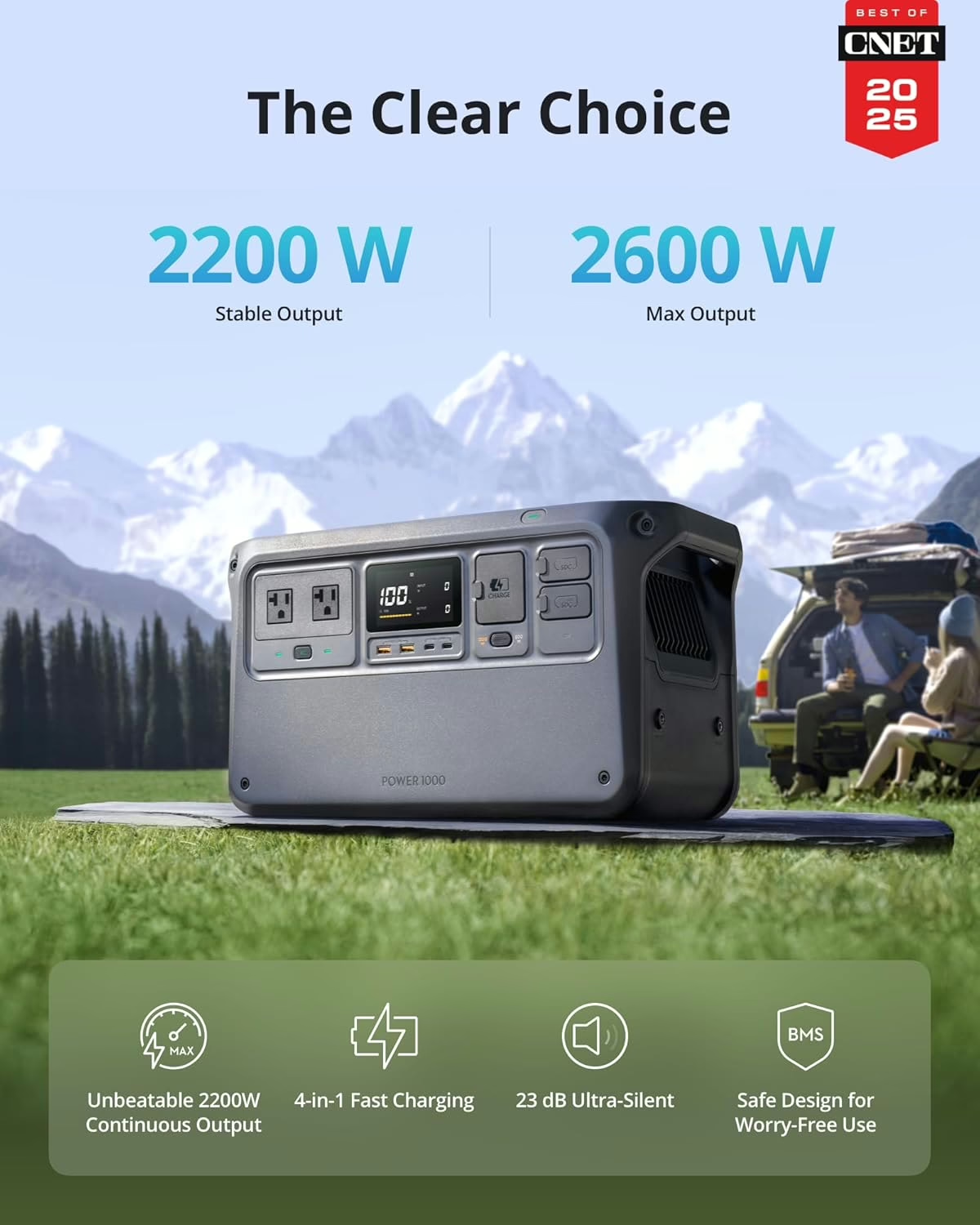
Industry-Leading Power Density: 78.7Wh/kg vs. 63.2Wh/kg (EcoFlow) & 58.9Wh/kg (Jackery) Silent Operation: 23 dB noise level at 500W load – quieter than library ambient noise (30 dB) Future-Proof Connectivity: USB-C PD 3.1 (140W) supports next-gen laptops Vehicle-to-Load (V2L) bidirectional charging for EVs Certifications: UL 2743, UN38.3, FCC Class B – exceeds CE/RoHS standards used by…
